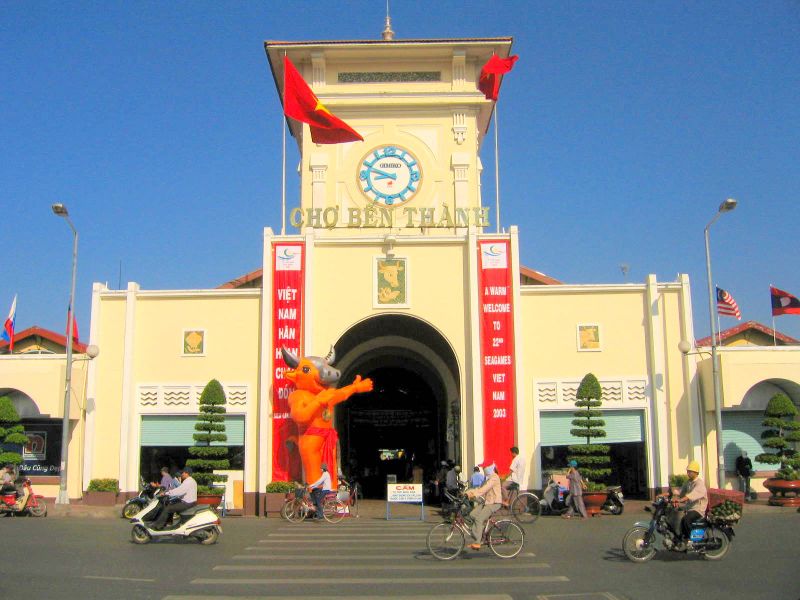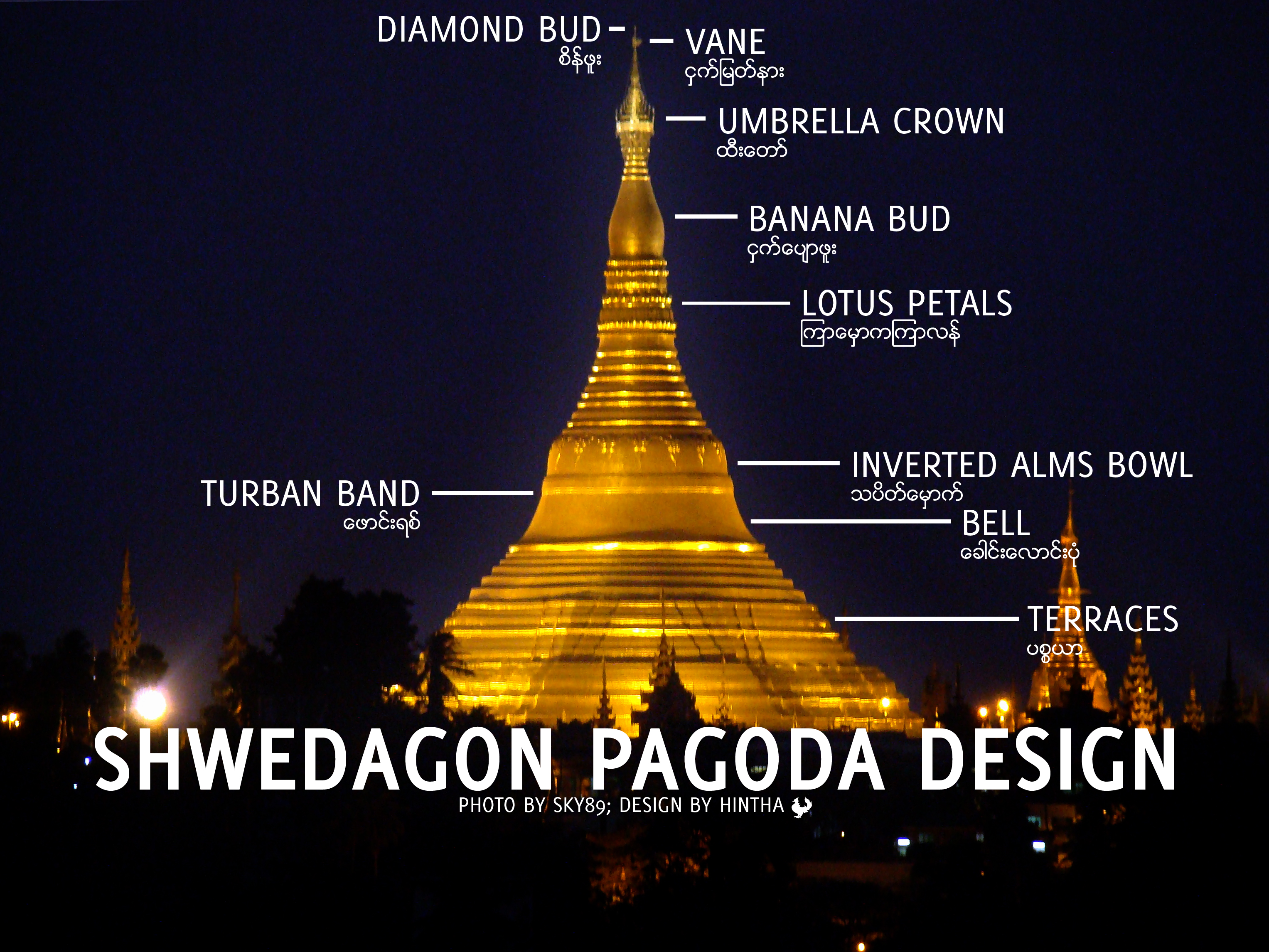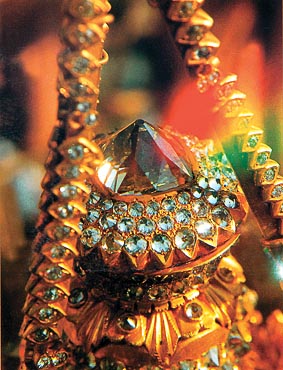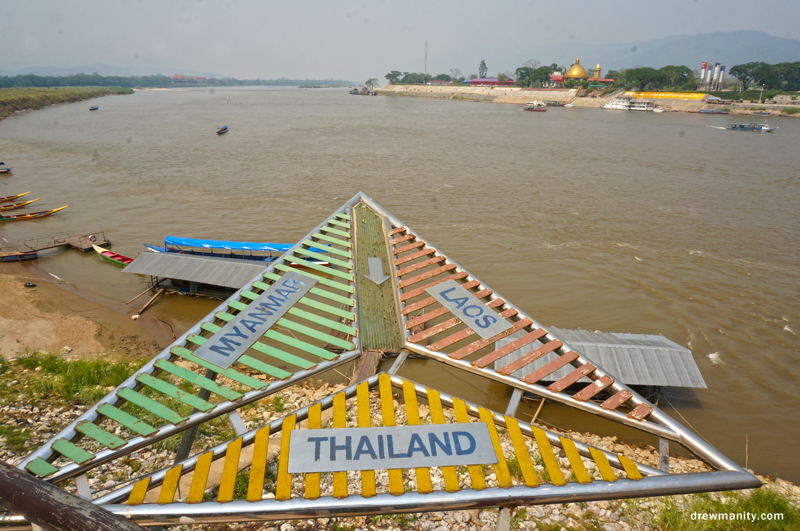An introduction to Vietnam;
Vietnam, officially called the Socialist Republic of Vietnam, is a communist country located at the easternmost part of the Indochina Peninsula in Southeast Asia. With an estimated population of over 90 million, it ranks as the world's 13th most populated country and 8th most populated country in Asia. The country is surrounded by China to the north, Laos to the northwest, Cambodia to the southwest, and Malaysia across the South China Sea to the southeast. The capital city of Vietnam has been Hanoi ever since the reunification of North and South Vietnam in 1976.
Mekong River, Vietnam
The Mekong river was the first place we went to upon our arrival in Vietnam. The Mekong is a trans-boundary river in Southeast Asia. It is the 12th-longest river in the world and the 7th-longest in Asia. Its estimated length is 4,350 km, and it drains an area of 795,000 kilometer square, discharging 457 kilometer cube of water annually. From the Tibetan Plateau the river runs through 6 countries which includes China, Myanmar, Laos, Thailand, Cambodia and Vietnam. In 1995, Laos, Thailand, Cambodia and Vietnam established the Mekong River Commission to assist in the management and coordinated use of the Mekong's resources. In 1996 China and Myanmar (Burma) became "dialogue partners" of the Mekong River Commission (MRC) and the six countries now work together within a cooperative framework. The Mekong river empties itself into the sea at he Mekong Delta.
 |
| The Mekong River. |
The Mekong Delta, Vietnam
The Mekong Delta in southern Vietnam is a vast maze of rivers, swamps and islands, home to floating markets, pagodas and villages surrounded by rice paddies. Boats are the main means of transportation to get around on the river. The Mekong Delta, also known as the Western Region or the South-western region is the region in southwestern Vietnam where the Mekong River approaches and empties into the sea through a network of different distributions. The Mekong delta region occupies a large portion of southwestern Vietnam of 39,000 square kilometres. The size of the area covered by water depends on the season. The Mekong Delta has been dubbed as a "biological treasure trove". Over 1,000 animal species were found between 1997 and 2007 and new species of plants, fish, reptile lizards, and mammals has been discovered in previously unexplored areas.
 |
Phong Dien floating market.
|
Floating markets, house boats,villages and factories are a common sight in the Mekong river delta. Locals sell their agriculture products for a living on open roof sampans.
 |
Cai Rang floating market.
|
 |
| These types of decals on wooden boats are a very common sight in the Mekong Delta. |
Upon arrival at the Mekong Delta, we went to a hotel/ home stay called:Hotel Sao Mai Cai Be. Its wasn't the biggest hotel we've been to but while it lacked in size, it made up for in its hospitality to its guests and residence of the hotel. The rooms were quite spacious, the shower has a hot and clod function and best of all, there was working internet connection there.
 |
| The marble steps of the hotel that leads to the rooms. |
 |
| The view of the Mekong river delta from the second floor of the hotel. |
Ho Chi Minh City
After about 1 and a half nights, we booked out of the hotel and headed to the most well known city in Vietnam, Ho Chi Minh City. Ho Chi Minh City, formerly named and still also referred to as Saigon , is the largest city in Vietnam.It is a city in southern Vietnam famous for the pivotal role it played in the Vietnam War. It's also known for its French colonial architecture, including Notre-Dame Basilica, made entirely of materials imported from France, and the neoclassical Saigon Central Post Office. Food stalls line the city’s streets, especially around bustling Ben Thanh Market.
 |
| Ho Chi Minh City at night. |
Upon arrival at Ho Chi Minh City, we went shopping at a market called Ben Thanh Market. Ben Thanh is firstly well-known as the place for real Vietnamese food. There a number of vendors and food stalls in the market food section that offers guests dishes freshly made to the order. Here, one can taste various kinds of local dishes. In the evening, while all stalls inside the market are closed, sidewalk restaurants around the market open and make it extraordinary lively area. One of the most recommended foods by tourists is deep fried whole fish, so remember to try it at least once when you dine here. Besides goods for daily use, tourists can find here variety of eye-catching local handicrafts, souvenirs. Just pick up some cute fridge magnets or delicate small pieces of lacquer, one has got small gifts for friends and family at home or something to remind him/her about the trip to Ho Chi Minh city.
 |
The entrance to Ben Thanh Market.
|
After and hour or so spending time shopping at the market, we travelled on foot to our hotel where we would be spending the rest of our time in Vietnam. The hotel itself looks clean and tidy and the lobby has the looks of a V.I.P lounge in my opinion. The rooms were spacious, clean and well looked after by the hotel management team.
 |
The front of the hotel at night.
|
 |
| A picture of how the rooms looks like in the hotel. |
Cu Chi Tunnels
The next day, we went to visit the Cu Chi tunnels. The tunnels of Cu Chi are an immense network of connecting underground tunnels located in the Cu Chi district of Ho Chi Minh City (Saigon), Vietnam, and are part of a much larger network of tunnels that underlie much of the country. The Cu Chi tunnels were the location of several military campaigns during the Vietnam War, and were the Viet Cong's base of operations for the war in 1968. The tunnels were used by Viet Cong soldiers as hiding spots during combat, as well as serving as communication and supply routes, hospitals, food and weapon caches and living quarters for numerous North Vietnamese fighters. The tunnel systems were of great importance to the Viet Cong in their resistance to American forces, and helped to counter the growing American military effort.
 |
| A cartoon side view of the Cu Chi tunnels. |
 |
| A guide show a secret way to enter the tunnels. |
 |
| The inside of the Cu Chi tunnels. |
War Remnants Museum
On the last day of our trip to Vietnam, we visited a war museum to learn more about the Vietnamese war and what took place during it. Formerly the Museum of Chinese and American War Crimes, the War Remnants Museum is consistently popular with Western tourists. Few museums anywhere convey the brutality of war and its civilian victims. Many of the atrocities documented here were well-publicised but rarely do Westerners hear the victims of US military action tell their own stories. US armoured vehicles, artillery pieces, bombs and infantry weapons are on display outside. One corner of the grounds is devoted to the notorious French and South Vietnamese prisons on several Islands. Artefacts include that most iconic of French appliances, the guillotine, and the notoriously inhumane ‘tiger cages’ used to house Viet Cong prisoners.
Summary of my trip
We got ready to go back to Singapore after we've visited the museum to Tan Son Nhat International Airport. This trip was a very meaningful one as it taught us that war is never the answer to anything as it affects a lot of people, their lives and their families.
 |
| Tan Son Nhat International Airport. |













.svg/2000px-Flag_of_Myanmar_(1974-2010).svg.png)
























